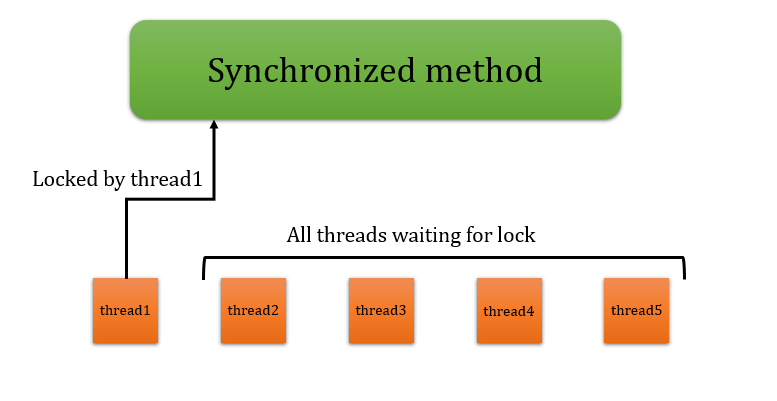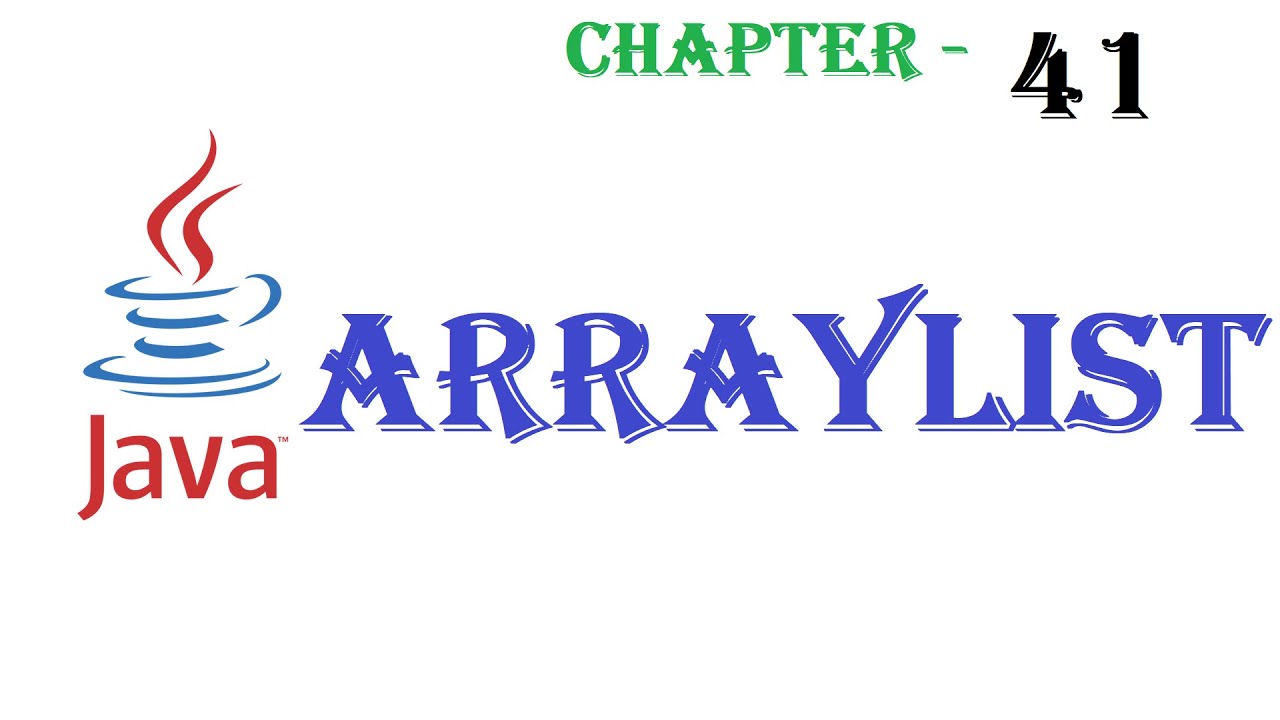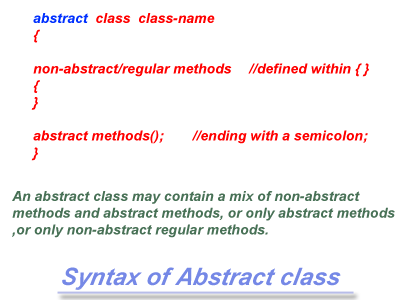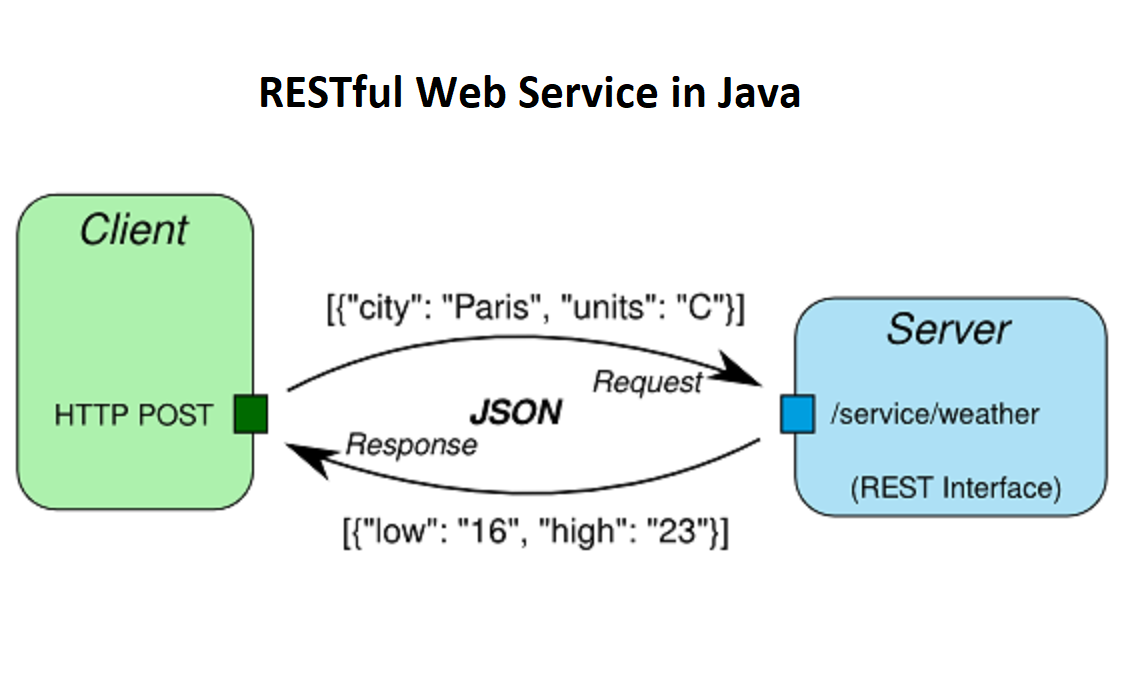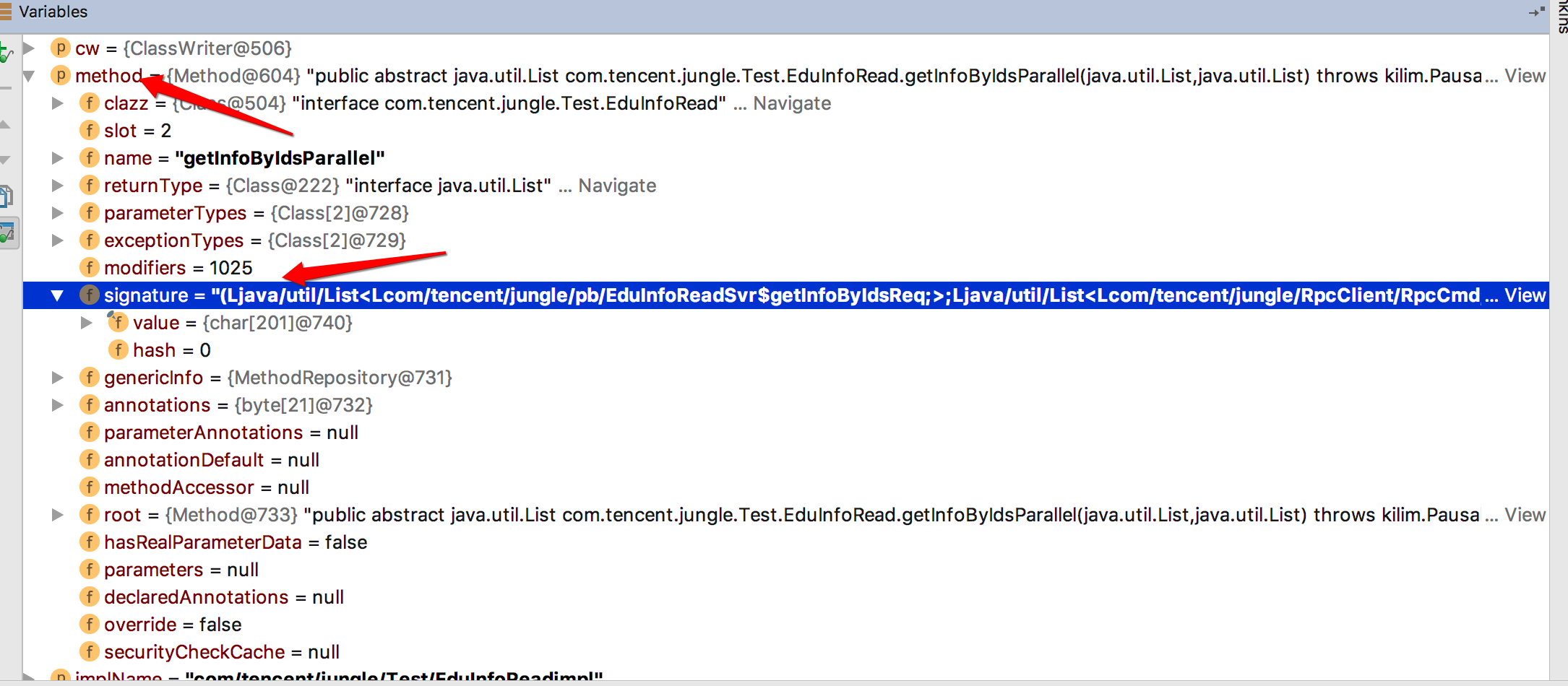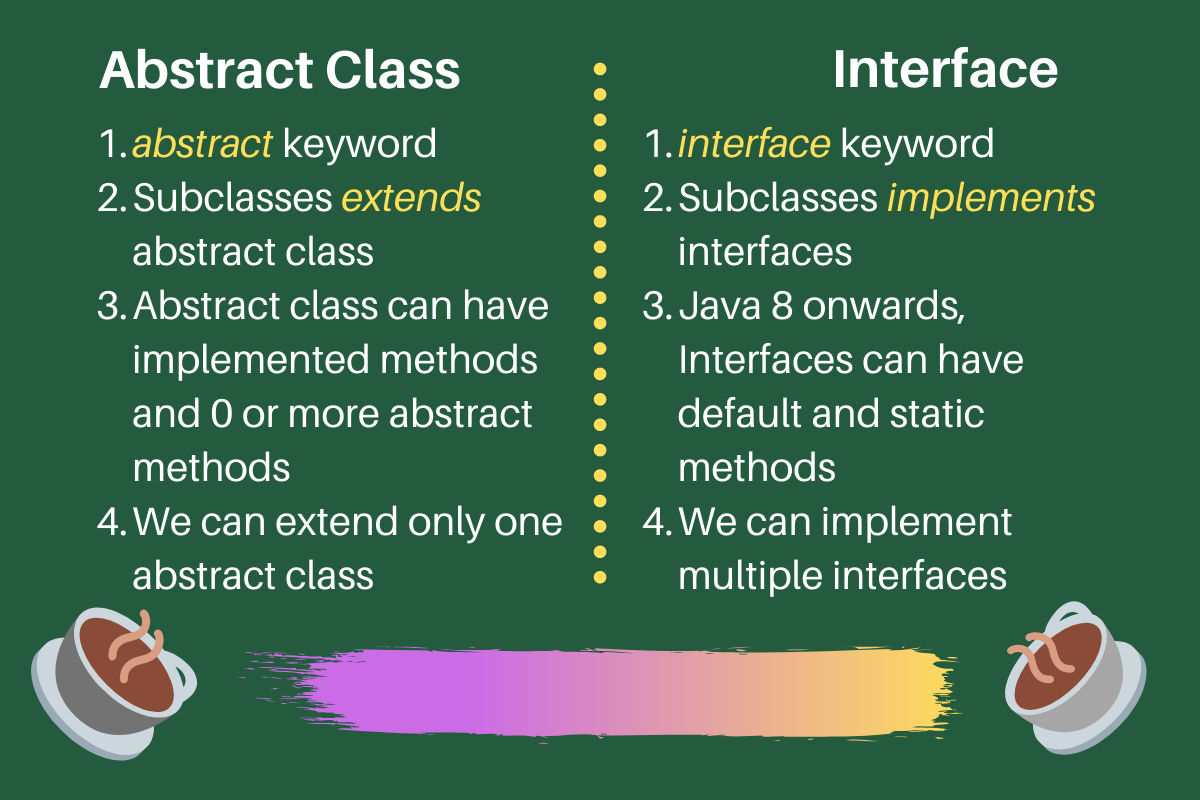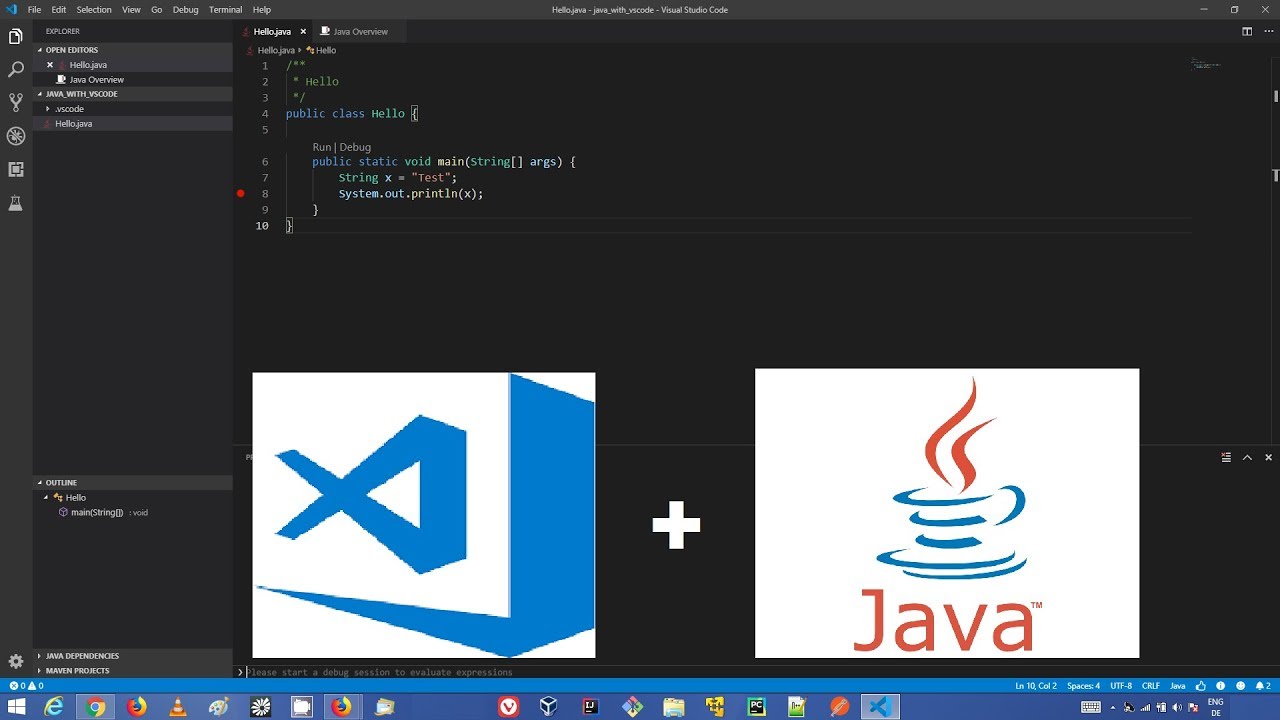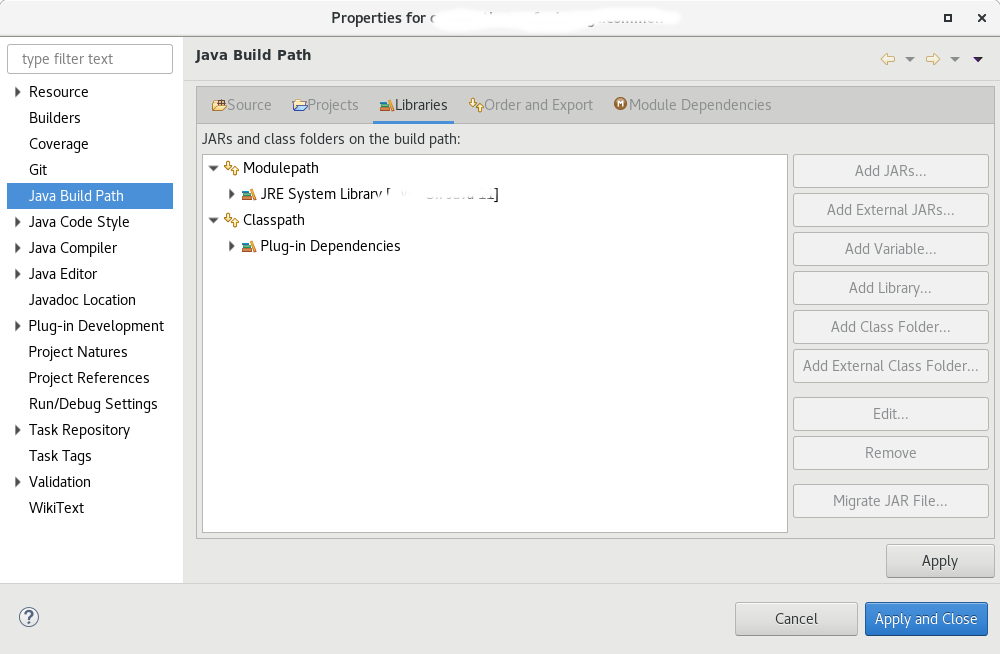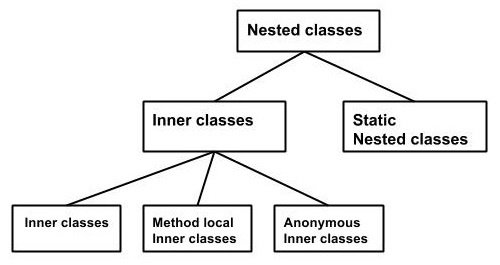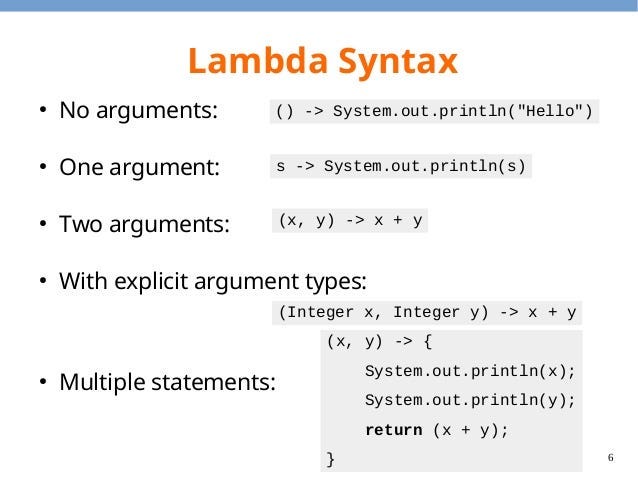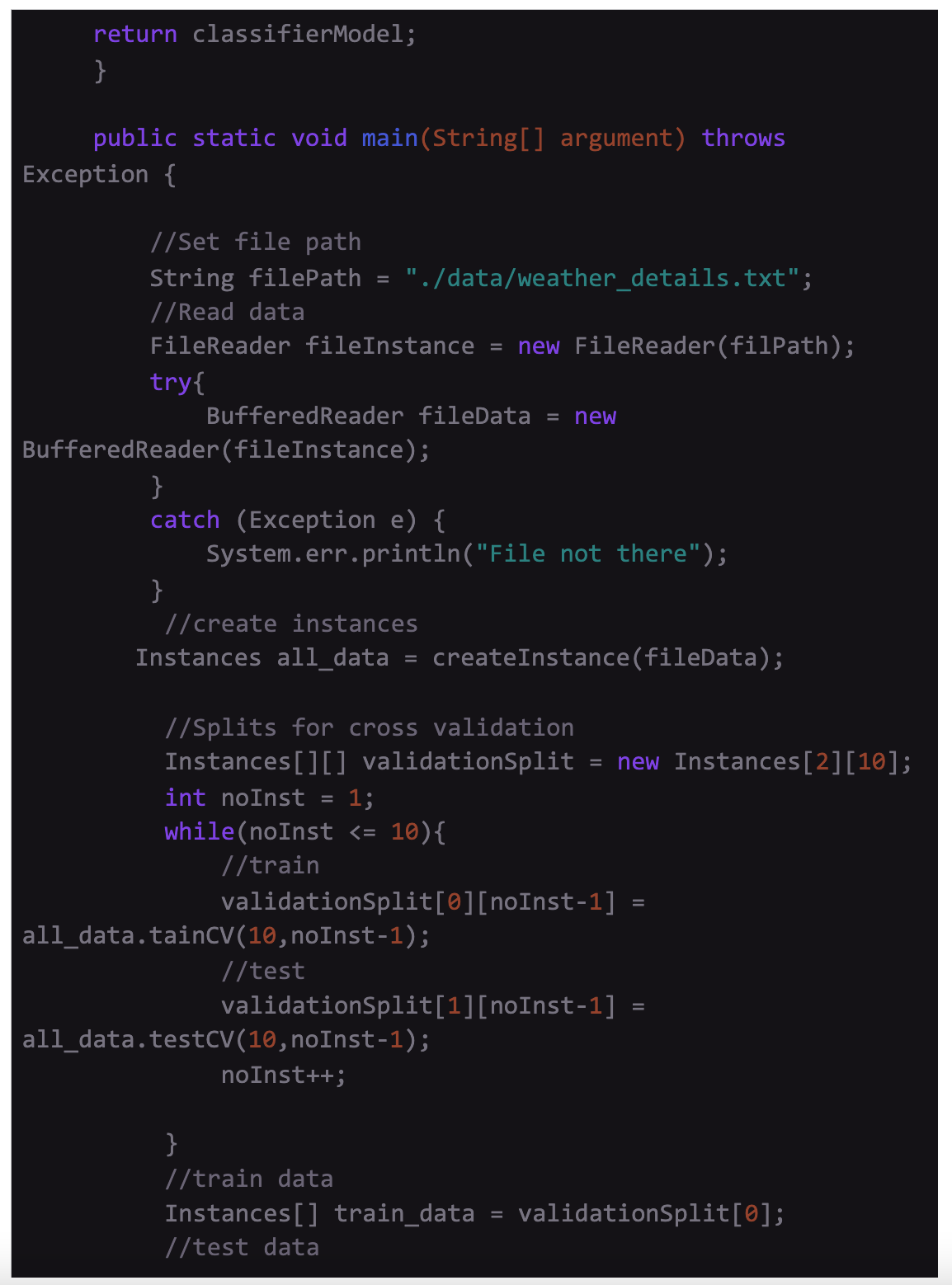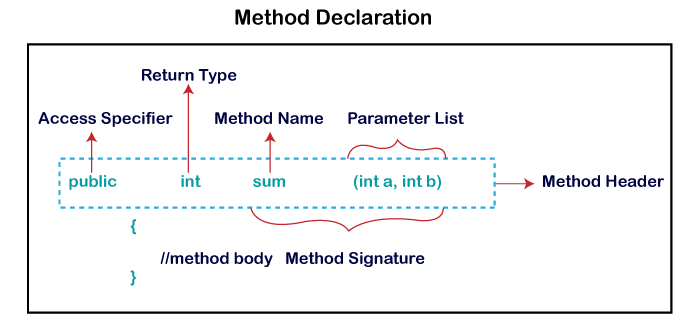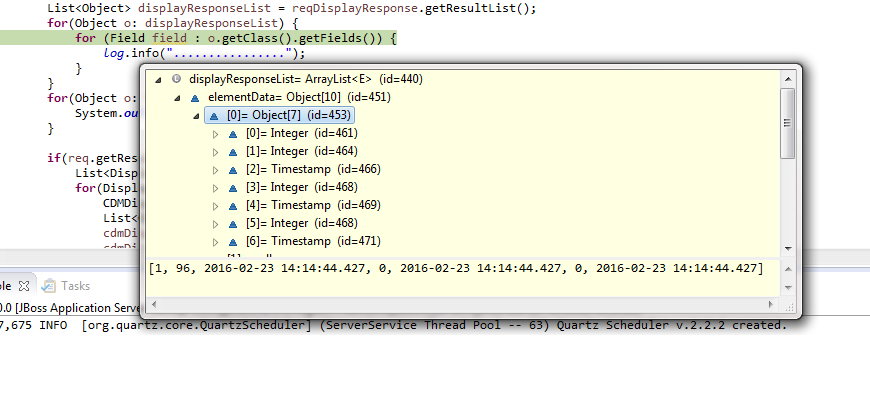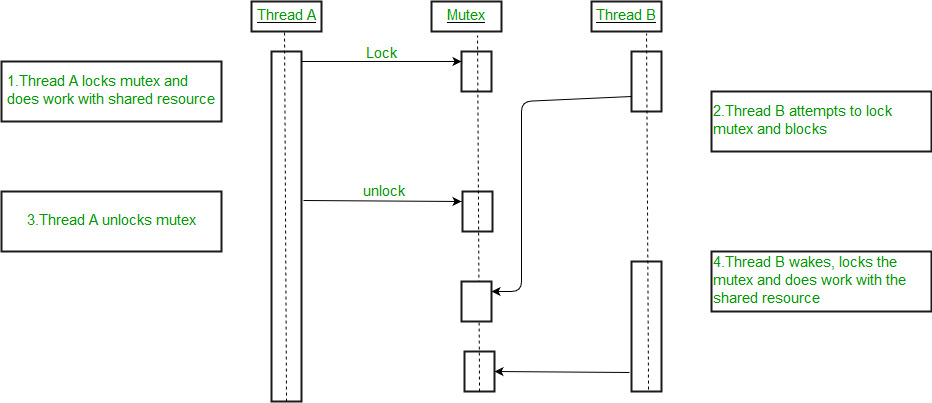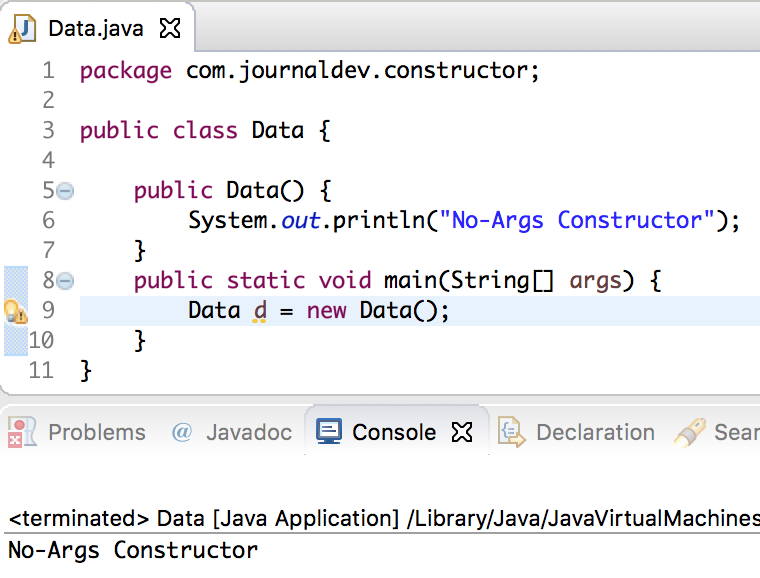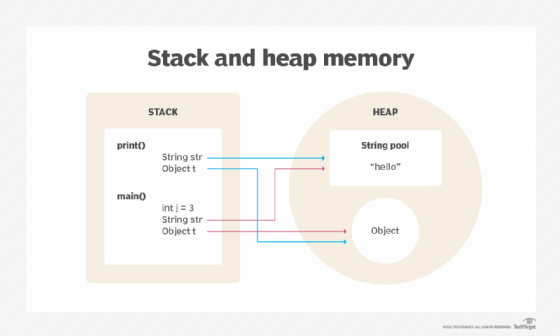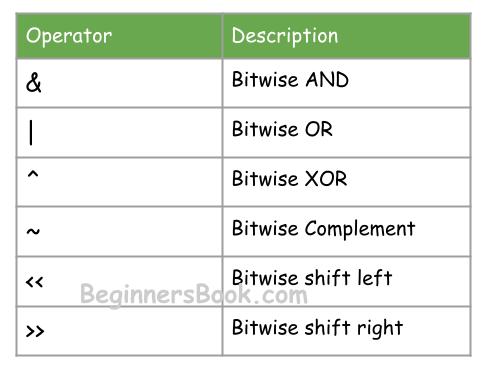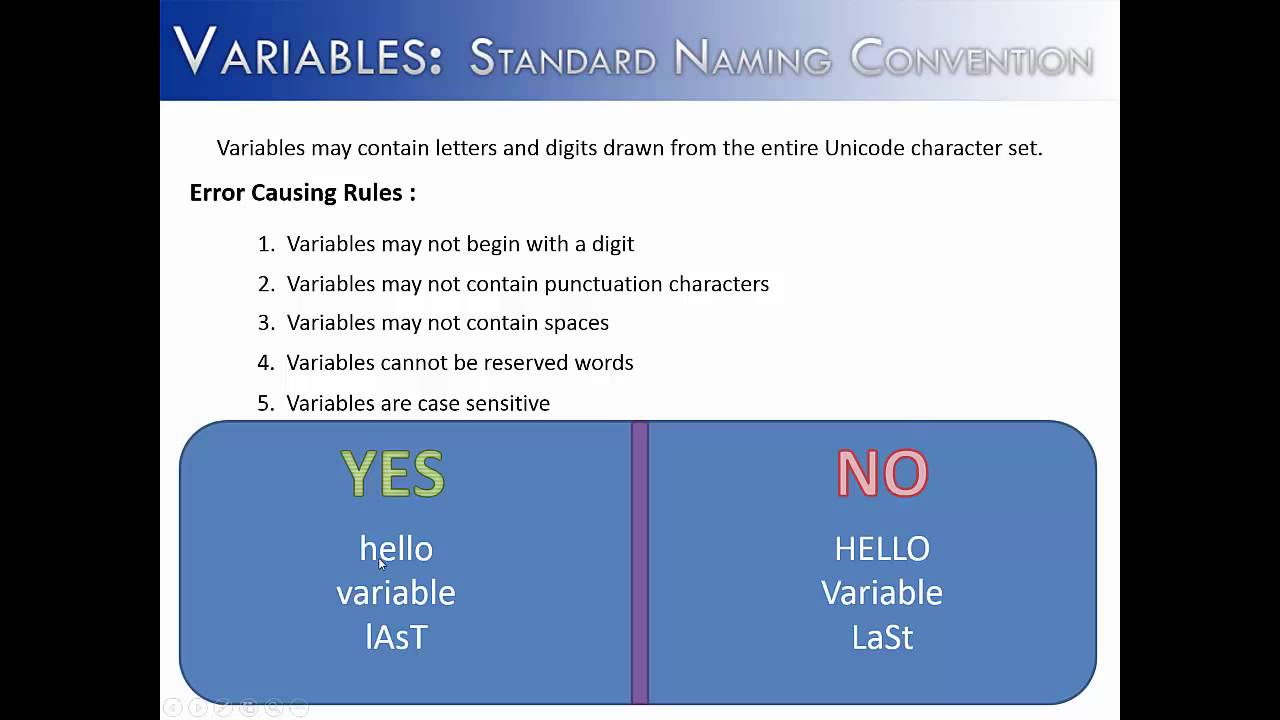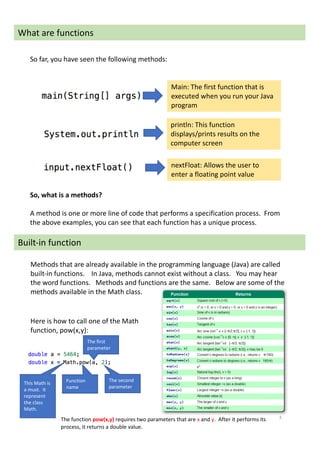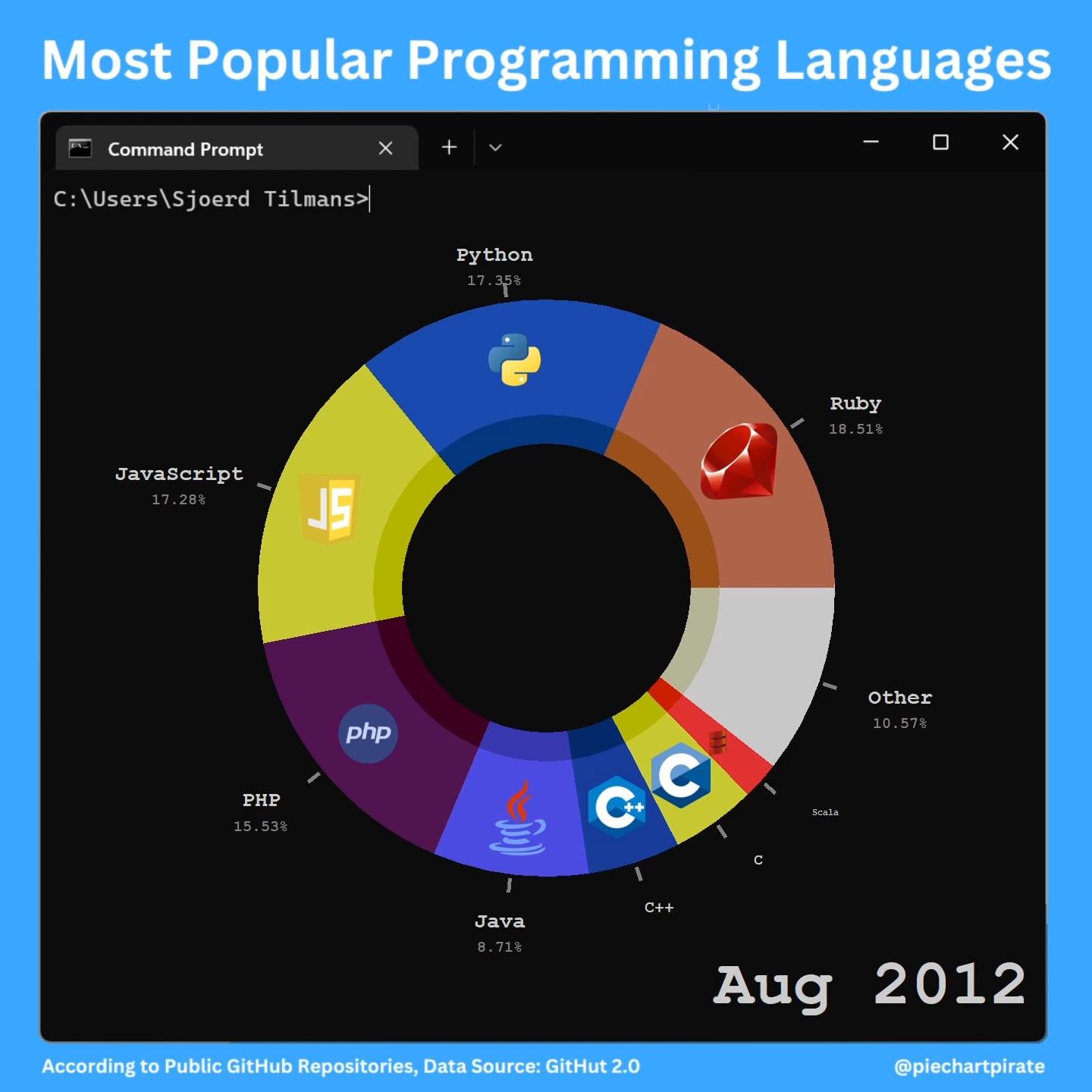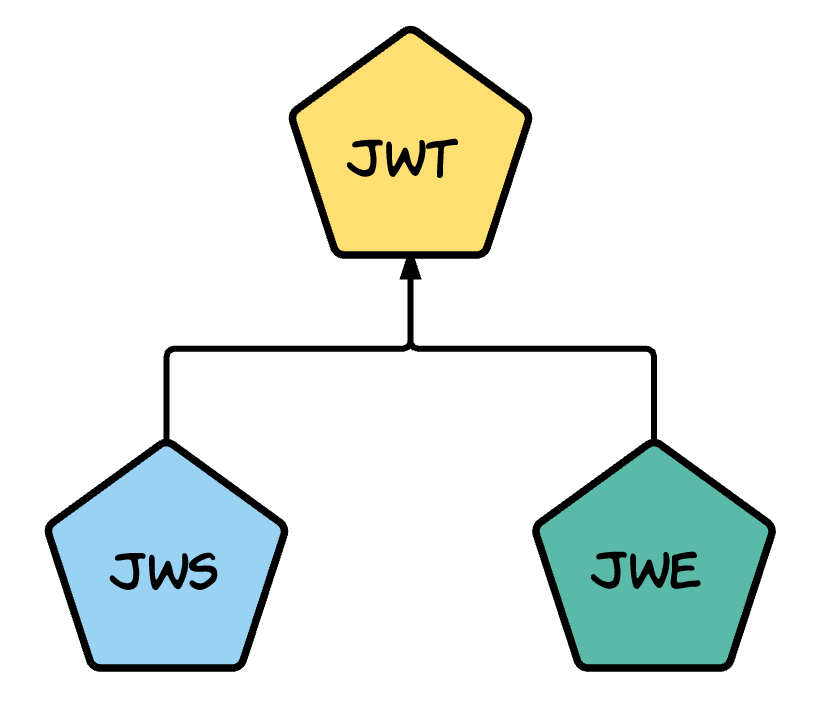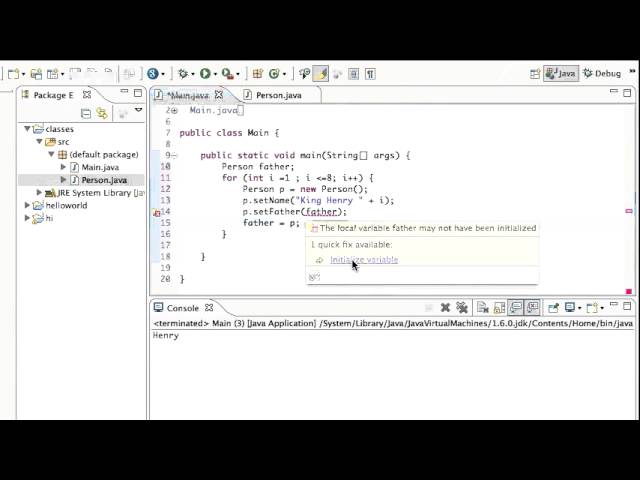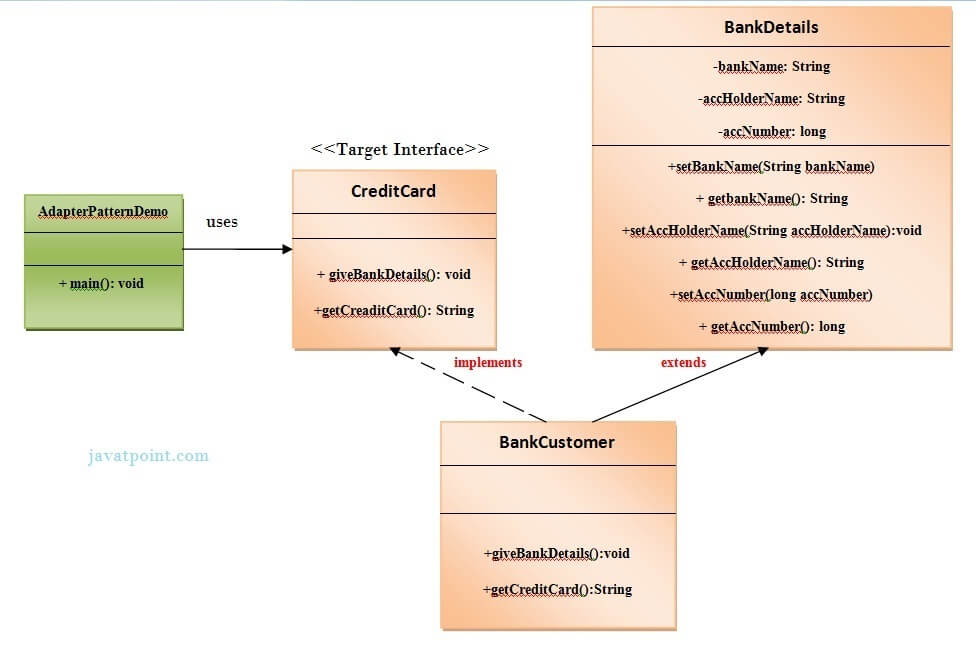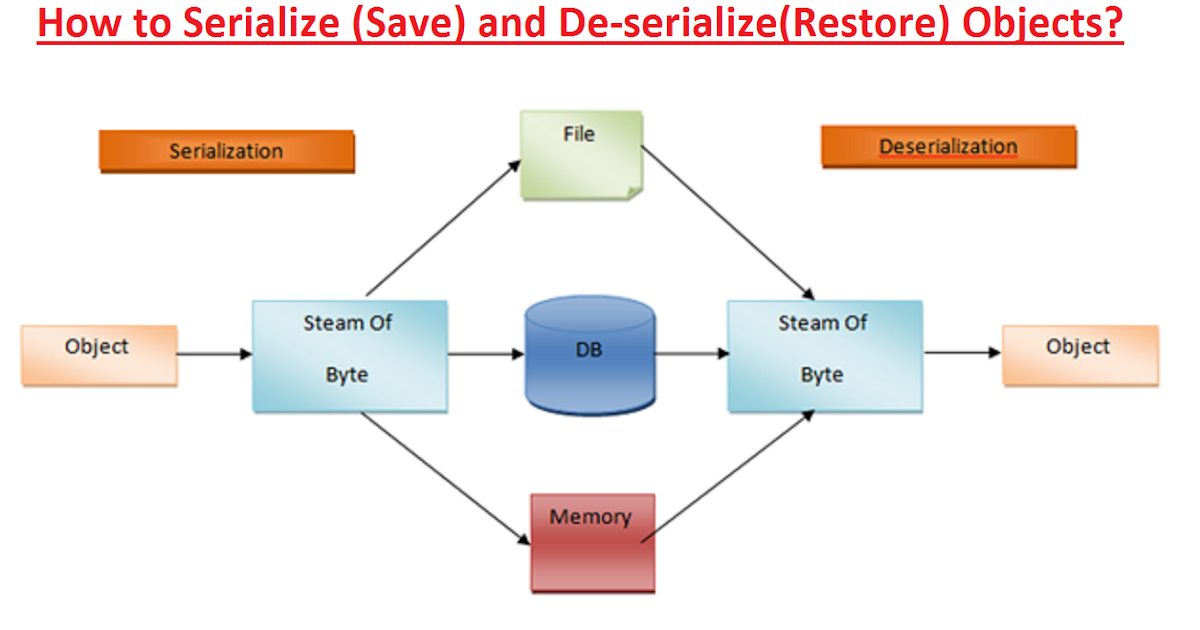java functions
java functions
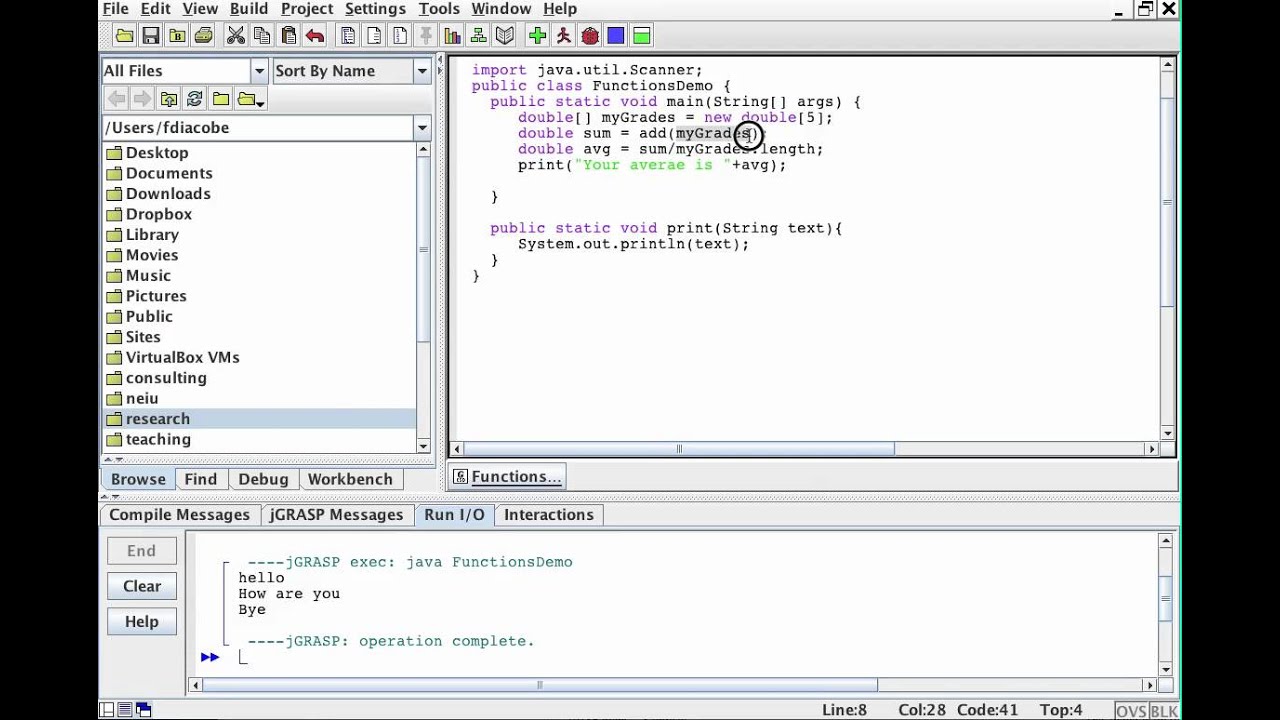
Here's an overview of Java functions with examples:
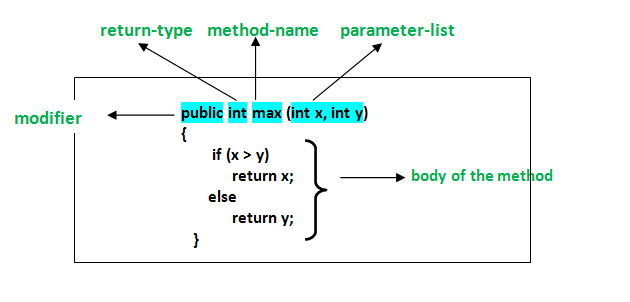
Java Functions:
Method Overloading: A method can have multiple definitions with different parameter lists, as long as the number and types of parameters are unique.Example:
Method Overriding: A subclass can provide a different implementation for the same method with the same signature as in its superclass.public class Calculator {public int add(int a, int b) {
return a + b;
}
public double add(double a, double b) {
return a + b;
}
public static void main(String[] args) {
Calculator calculator = new Calculator();
System.out.println(calculator.add(2, 3)); // prints 5
System.out.println(calculator.add(1.0, 2.0)); // prints 3.0
}
}
Example:
Lambda Expressions: A concise way to create anonymous classes that implement functional interfaces.public class Animal {public void sound() {
System.out.println("Animal makes a sound");
}
}
public class Dog extends Animal {
@Override
public void sound() {
System.out.println("Dog barks");
}
public static void main(String[] args) {
Animal animal = new Animal();
animal.sound(); // prints "Animal makes a sound"
Dog dog = new Dog();
dog.sound(); // prints "Dog barks"
}
}
Example:
Functional Programming: Java provides functional programming constructs such aspublic class Main {public static void main(String[] args) {
Function<Integer, Integer> function = x -> x * x;
System.out.println(function.apply(5)); // prints 25
Consumer consumer = s -> System.out.println(s);
consumer.accept("Hello Lambda!");
}
}
map(), filter(), and reduce() in the Stream API.
Example:
Inner Classes: A class that is defined inside another class and has access to the outer class's members.import java.util.stream.IntStream;import java.util.stream.Stream;
public class Main {
public static void main(String[] args) {
IntStream intStream = IntStream.range(1, 6);
intStream.map(x -> x * x)
.filter(x -> x % 2 != 0)
.forEach(System.out::println);
}
}
Example:
public class Outer {private int value = 10;
public void innerMethod() {
InnerClass inner = new InnerClass();
System.out.println(inner.innerMethod());
}
public class InnerClass {
public int innerMethod() {
return value;
}
}
public static void main(String[] args) {
Outer outer = new Outer();
outer.innerMethod(); // prints 10
}
}
These are just a few examples of the many Java functions and programming constructs available. Java is a versatile language that can be used for a wide range of applications, from web development to Android app creation.
What is the syntax of a function in Java?
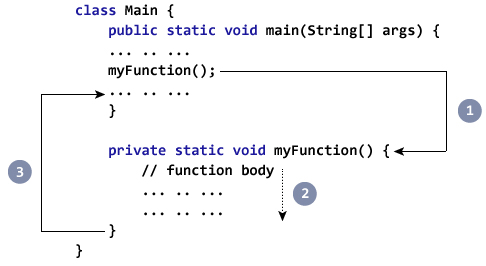
I'm happy to help! However, I need to clarify that my response will be in English as per your request.
The syntax of a function in Java is as follows:
return-type functionName(parameters) {
// function body
}
Here's a breakdown of the components:
return-type: The data type that the function returns. This can be a primitive type (such as int, double, or boolean), an object reference, or even void if the function does not return any value. functionName: The name given to the function. This is what you use to call the function in your code. parameters: A list of variables that are passed to the function when it's called. These can be primitive types, object references, or even arrays.
Here's an example of a simple Java function:
public int add(int x, int y) {
return x + y;
}
In this example:
The return type isint, indicating that the function returns an integer value. The function name is add, which takes two int parameters x and y. The function body simply returns the sum of x and y.
When you call this function, you would use the following syntax:
int result = add(3, 4);
System.out.println("The result is: " + result); // prints 7
Functions can also take optional parameters by using the @Optional annotation from Java's Lombok library. This allows you to create functions that can be called with different numbers of parameters.
In addition to these basic syntax components, Java functions can also:
Take variable-length argument lists (varargs) using the... operator. Throw exceptions or return special values (such as null or a specific error code) to signal errors or unexpected conditions. Be defined inside classes or interfaces, making them members of those types.
Java's function syntax is designed to be flexible and powerful, allowing you to write reusable code that can be easily called from multiple parts of your program.
